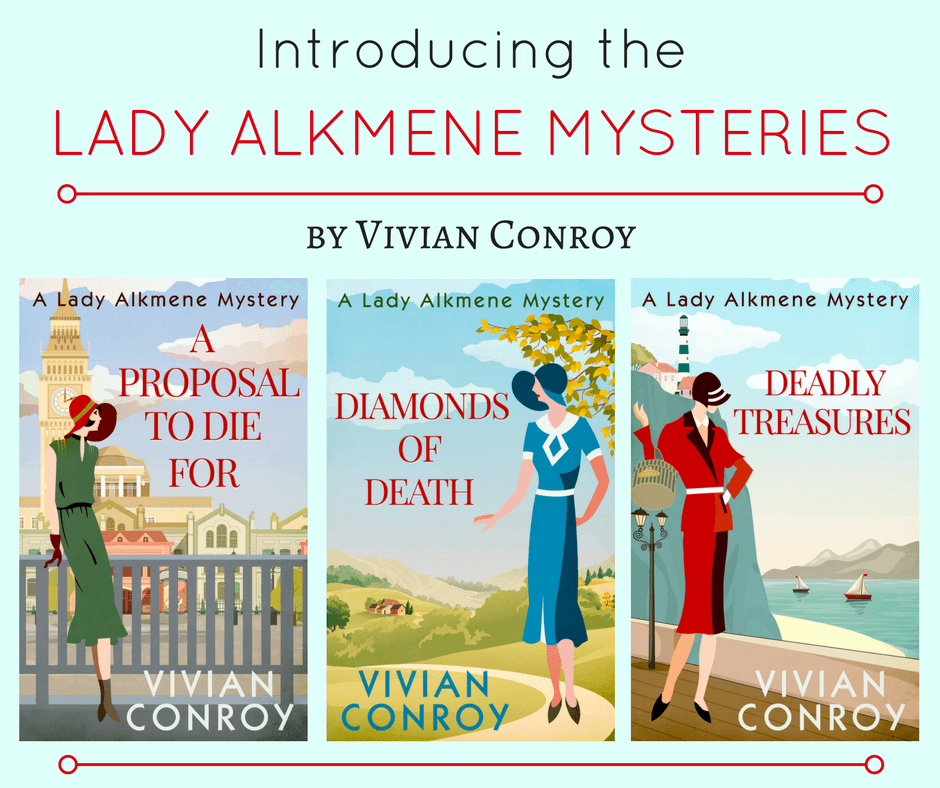
By Michael Alvear
And I mean, never. Before I got my first book contract, I thought getting published would be the answer to all my problems. I’d be recognized for the genius I was, the book would soar to the top of the NYT’s list, and subsequent books would flow out of me like honey from a melting comb.
Then reality hit. Rejection, I’ve since learned, comes in all kinds of unexpected way—flat sales, bad reviews (or even no reviews), cancelled interviews, poor advances for future books, etc.
To last in the business, I had to learn how to deal with the bouts of hopelessness and despair that come with a writing career. So I began studying what top resiliency experts had to say and applied their techniques to my writing life.
I compiled them into a book, The Bulletproof Writer: How to Overcome Constant Rejection to Become an Unstoppable Author. These are my favorite techniques:

- Accept/remind yourself that publishing is seriously lacking in the F-word: FAIRNESS. I’ve had friends toil for years trying to get published only to watch a kid still in college get a contract and become the toast of the town. I remind myself that less than one percent of writers make enough money from writing to live on. It’s not me, it’s the business (it goes without saying that if it is you—if your writing is not up to par—get serious about improving your craft).
- Use the 48-Hour Sulking Rule. Most of us want to run from the bad feelings—the fear, the shame—but facing a set-back head on can help you move past it faster. I call this my “chocolate and wine” time, where I allow myself to sulk and rage as deeply as I need to, but for only 48-hours. After that period, I get up, dust myself off, and get back to work. This balances my need to process difficult emotions with my need to move forward. I practice this technique only on the “big” rejections, though. I’d never get anything done if I used it on every setback I experience in publishing!
- Refuse to think positively. Yes, you read that correctly. Scientists have been finding that using positive thinking as a way of moving past an emotional setback actually makes things worse. Instead I use specific physical and emotional techniques to “drain” the value judgments and establish acceptance.
- Implement the three “Ds”—Distract yourself; Do not speak of the rejection for a set period; and Distance yourself. Some of these seem obvious but having a set plan for how to apply them in the moment has helped during those times I’m tempted to give it all up and apply for a job at McDonald’s.
There’s not a day that goes by where I don’t have to use at least one of the techniques I outline in The Bulletproof Writer. In fact, just this morning, I got an alert that someone gave one of my books a one-star review on Amazon because the shipping box was ripped. The rejections never end for a writer; if you don’t have a coping strategy for them you’re destined for a world of pain.

Michael Alvear’s latest book is The Bulletproof Writer: How To Overcome Constant Rejection To Become An Unstoppable Author (Woodpecker Media January 2017).
He’s been a frequent contributor to National Public Radio’s All Things Considered and his work has appeared in Newsweek, The Washington Post, Reader’s Digest, The New York Times, The Los Angeles Times and The Huffington Post.







